How to Cook Amazing Chicken
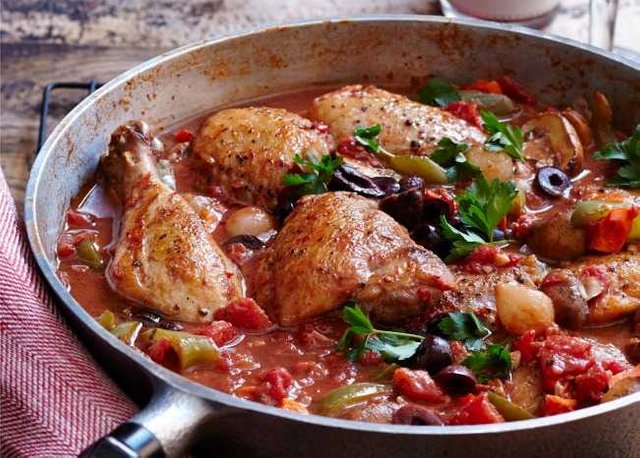
How to Buy, Store, and Freeze Chicken
At the grocery store, pick up your raw chicken last, just before you head to the check-out line. And have the checker wrap the chicken in a plastic bag in case the package leaks.
A whole cooked chicken can be kept in the refrigerator for 3 days; cut-up cooked chicken can be stored in the refrigerator for 2 days.
Never leave raw or frozen chicken at room temperature, which encourages the growth of bacteria like Salmonella and Listeria. Cooked chicken should not be left at room temperature for more than 2 hours.
Freeze any chicken that won't be used right away. You can freeze it in its store packaging, but if you plan on storing it for longer than two months, unwrap the chicken and rewrap it in heavy duty aluminum foil and a plastic freezer bag. Chicken can be frozen as long as one year without sacrificing quality.
How to Thaw Chicken
Thaw frozen chicken slowly and safely. It will take anywhere from 24 hours to two days to thaw a whole chicken in the refrigerator, and about 2 to 9 hours for cut-up chicken parts (less for boneless pieces). You can thaw chicken more quickly in a cold water bath or by using the defrost cycle of the microwave. But never thaw frozen chicken by leaving it out at room temperature.
Cleaning and Prepping Chicken
Should you rinse your chicken before cooking it? The consensus opinion on rinsing raw chicken or other poultry is -- don't do it! That's the recommendation of the U.S. Department of Agriculture. The reason is that rinsing your raw chicken doesn't do anything to eliminate dangerous bacteria; instead, it's likely to splash the bacteria around the sink and onto countertops, from where it can be spread all over the place. The cooking process will kill the bacteria so long as the internal temperature reaches 165 degrees.
Keep a separate cutting board specifically for working with chicken. To prevent cross-contamination, thoroughly clean all surfaces, utensils, cutting boards, knives, and hands with hot soapy water after handling raw poultry.
Cutting up your chicken? Here's how:
Cutting Up A Whole Chicken
Deboning a Chicken Thigh
Deboning a Chicken Breast
By the way, save those bones and you can make some delicious chicken stock.
How to Marinate Chicken
Marinating or brining? Always let the chicken marinate in the refrigerator, even for a short soak of 30 minutes. And never baste the cooked chicken with the same marinade that's touched raw chicken: either make extra marinade and set aside a portion just for basting, or boil it for two to three minutes, enough time to kill any bacteria. See our collection of marinade recipes.
How to Cook Chicken
There are many ways to cook your chicken. You can bake or roast chicken, fry or sauté it, or BBQ or grill it. For loads of dinner ideas with chicken, check out our complete collection of Chicken Recipes.
How to Cook Chicken in the Oven: Baking & Roasting
What’s the difference between baking and roasting chicken? We cover that here. But spoiler alert: they're kind of interchangeable. Explore our Baked and Roasted Chicken Recipes.

How do I roast a whole chicken?
For best results, set the bird on a roasting rack over a roasting pan. The chicken will cook more evenly and won’t be sitting in its own drippings, which will give you crispier skin. For easier cleanup, line the pan with aluminum foil. For a super-juicy roast chicken that cooks quicker, you can spatchcock or butterfly your whole chicken before roasting -- here's how you spatchcock it. For more tips, check out how to roast chicken.
How do I know when the chicken is done cooking?
The only way to tell if chicken is cooked properly is to use a meat thermometer -- seeing if the juices run clear is not a reliable indicator of doneness. To test the internal temperature of a whole chicken, insert the thermometer into the thigh, taking care not to touch the bone. Chicken should reach 165 degrees F (75 degrees C).
The meat will continue to cook once removed from the heat. So if the temperature is a few degrees below the target -- keep the thermometer in place for a moment; the temperature might climb to a safe heat.
How can I prevent my chicken from being dry?
Dry and/or tough chicken is most often caused by overcooking. Recipes often give cooking times, but these are really guidelines.
A few things can affect cooking time. For example, thin pieces of meat will cook more quickly than thick. Heat settings can vary from stove to stove. And even the size and shape of the pan can affect the cooking time. The best way to avoid overcooking is to check your chicken regularly as it cooks.
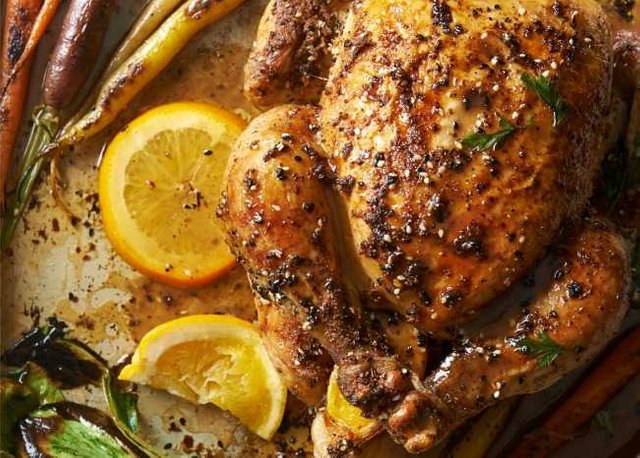
How to Braise Chicken
Braising chicken makes the meat wonderfully tender and moist, and delivers a sauce with flavors that build and build, slowly concentrating as the dish simmers. One key to a perfect braise is to start with a good sear on the chicken skin; don't crowd the pan or cheat by removing the chicken before it's developed a beautiful dark color. The second key is to loosen up the flavorful brown bits on the bottom of the pan by deglazing with wine or stock, beer, cider, or even water. You've built the ground floor of your sauce! Then it's time for a nice slow simmer. Here are a few favorite braised chicken recipes:
Braised Chicken with Lemon and Carrots
Pollo al Ajillo (Chicken and Garlic)
Citrus Chicken
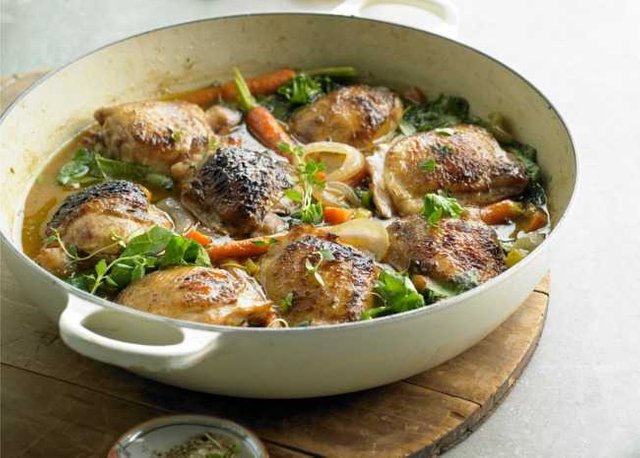
How to Fry Chicken
Frying chicken is a classic American preparation. Doing it right requires a certain touch. The oil can't be too hot, it can't be too cool. The choice of oil also matters. And there are so many "secret recipes" for perfect fried chicken. We break it all down for you in How to Fry Chicken.
See our collection of Fried Chicken Recipes.
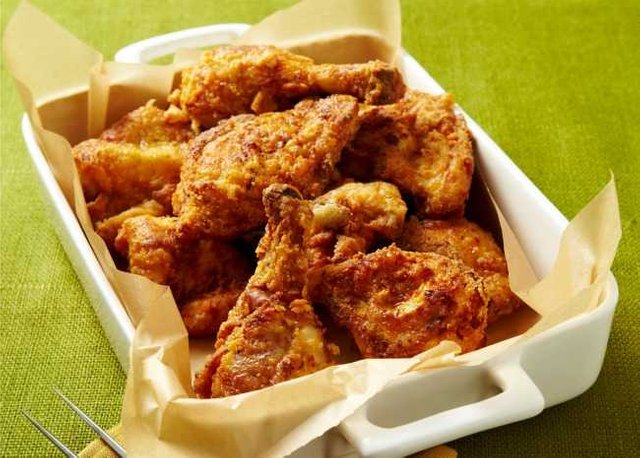
How to BBQ and Grill Chicken
Grilling isn't just for summer anymore. It's a year-round tradition.
Chef John has the perfect method for making barbecue chicken on the grill. His technique produces beautiful grill marks without blackened burned parts. The key is to begin skin-side down, getting the nice grill marks first. Then you'll flip the chicken and paint on the sauce. Then just close the lid and roast it, essentiallyGet the recipe for Chef John's Barbecue Chicken.
Here's a tip for grilling boneless, skinless chicken breasts on the grill: pound them out to a uniform thickness so they cook evenly. Why? On a hot grill, boneless, skinless chicken breasts cook fast. And you want the entire chicken breast to be done at the same time. If you don't pound them out, you run the risk of thin parts being dry and overcooked while thicker parts are underdone.
For the lowdown on direct and indirect heat, preheating the grill, useful grilling tools, and more, explore our tips for grilling. And to find out cooking times for different cuts of chicken, check out cooking times for grilled chicken; it's broken down by type of heat and strength of heat.
See our collection of BBQ'd and Grilled Chicken Recipes.
Stir-Frying Chicken
Stir-frying is like sautéing, with a few key differences. Stir-frying is typically performed at very high temperatures, traditionally in a wok -- a cooking vessel with long, curved edges -- and often uses flavorful peanut oil, which has a high smoke point, instead of olive oil or butter. You can certainly use a regular skillet for stir-frying.
With stir-frying, preparation pays off. Because the cooking time is mere minutes, ingredients should be sliced in advance into small, uniform pieces and lined up beside the hot wok or skillet. Then drop ingredients into the sizzling oil for a quick 1-2-3 finish.
Check out our collection of Stir-Fried Chicken Recipes.

Handling Leftover Chicken
Cooked chicken should not be left at room temperature for more than two hours. Package it up in an air-tight container and store it in the fridge for up to two days.
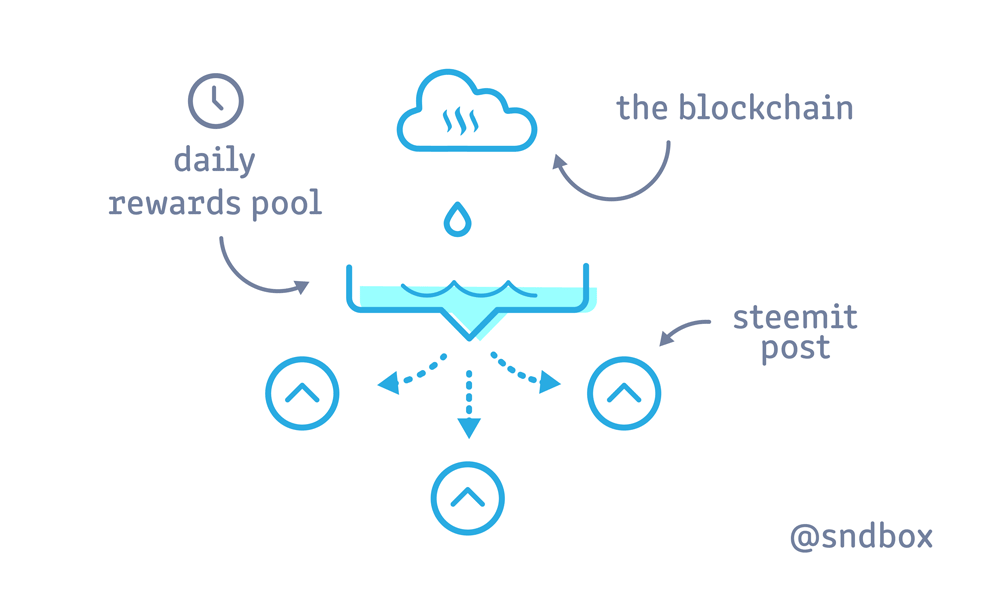
Woff, woff!
Hello @abdsamadsakhi, We have met 55 times already!
I'm a guide dog living in KR community. I can see that you want to contribute to KR community and communicate with other Korean Steemians. I really appreciate it and I'd be more than happy to help.
KR tag is used mainly by Koreans, but we give warm welcome to anyone who wish to use it. I'm here to give you some advice so that your post can be viewed by many more Koreans. I'm a guide dog after all and that's what I do!
Tips:
Unfortunately, Google Translate is terrible at translating English into Korean. You may think you wrote in perfect Korean, but what KR Steemians read is gibberish. Sorry, even Koreans can't understand your post written in Google-Translated Korean.
I sincerely hope that you enjoy Steemit without getting downvotes. Because Steemit is a wonderful place. See? Korean Steemians are kind enough to raise a guide dog(that's me) to help you!
Woff, woff! 🐶
전혀이해가안돼!